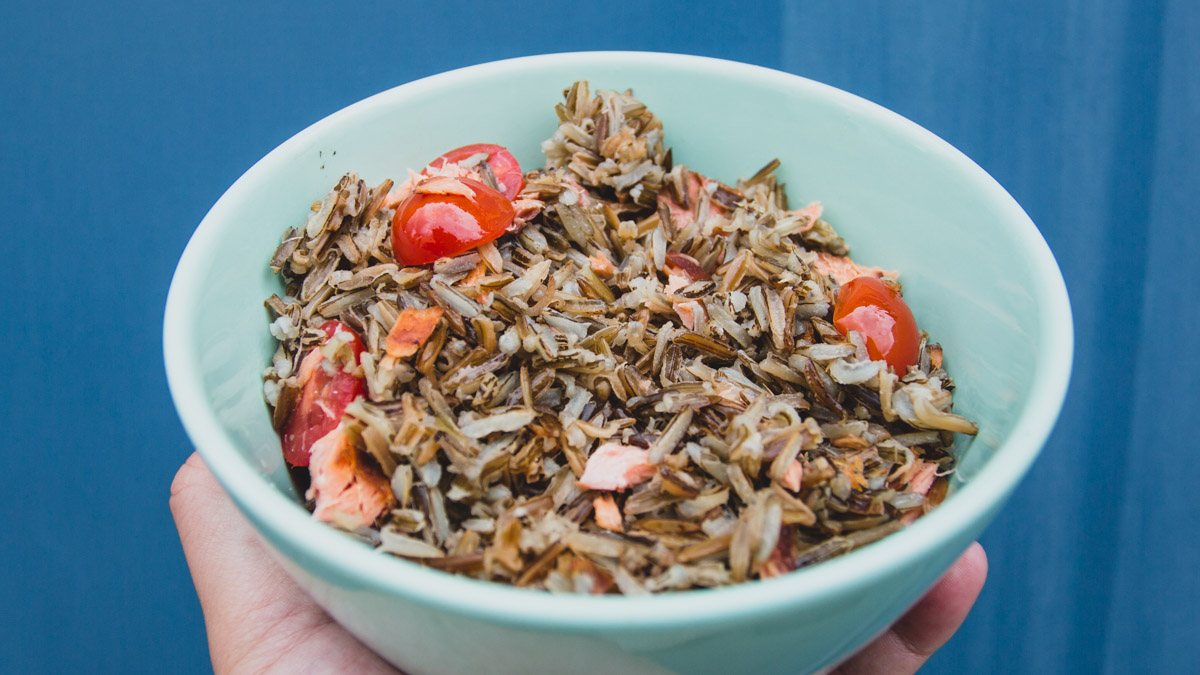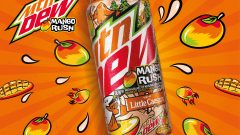8 Foods You Probably Didn’t Know Were Indigenous

As someone who has been writing about food every day for the past five years, it pained me to realize how much Indigenous food has gone unnoticed in talks about American cuisine.
Living and working in California, I’ve had the privilege of learning about an endless amount of foods from a multitude of different cultures, from the easily accessible Mexican and Thai food, to even the lightly represented Puerto Rican or Peruvian food. Even with California’s level of culinary diversity, American Indigenous restaurants are few and far in between, as is the case in most of the country.
Zach Johnston, an Uproxx travel writer with Skokomish Indian tribe roots, recently made an appearance on the Katchup Podcast, enlightening the food world with knowledge of how and why the Indigenous community hasn’t made much of an imprint on the food scene.
“The access to the information simply doesn’t exist yet,” Johnston said on The Katchup podcast.
To some degree, we all know how the U.S. has screwed over Native Americans. One of the direct results is that tribes have been stripped away of a great deal of their cultural history, including their own type of cuisine.
Thankfully, there are a handful of restaurants and food trucks, and even a Sioux Chef book that are starting a Native American cuisine movement.
There’s also a little shop in California by the name of Tribe to Table, that is pushing forward the awareness of Native American food and products.
The wave is coming and we might soon look back and wonder how we overlooked this cuisine for so long.
Until then we want to start highlighting and familiarizing ourselves with Indigenous food more.
While tribes around the country all produce different types of food depending on location and the resources available to them there, we hope this will give you an idea of the goods coming from tribal land, even though, arguably, anywhere you stand in the U.S. is Indigenous land.
A lot of the base level foods come from a history of foraging and hunting. With that in mind, there are also several plant-based, and wild game meats that come into play when examining the foods that go into Indigenous cuisine.
Fry Bread
View this post on Instagram
We’ll start with the food you’re probably least familiar with. Fry bread has a bit of a heartbreaking history, but it is still a major piece of Indigenous culture. The bread is usually used as a supporting actor to the main dish, but has recently been used as a bun for burgers, a wrap for tacos, and even a base for salads.
Maize
View this post on Instagram
Maize is native to numerous American Indian nations. While Californians are very familiar with it through Mexican cuisine, it is a key side dish in American Indian dishes as well. The crop slowly made its way to the eastern side of the Americas, eventually becoming a staple for tribes such as the Omaha, Ponca and Cherokee.
Wild Rice

Wild rice is the state grain of Minnesota, and is produced in other colder parts of the country. We recently got our hands on some wild rice produced by the Red Lake Nation in Minnesota, courtesy of Tribe to Table. A cool way we integrated it into a meal was with some smoked salmon and cherry tomatoes.
Sweet Potato
View this post on Instagram
The sweet potato above has an out of this world presentation courtesy of Kai at the Sheraton Wild Horse Pass in Phoenix. Surely not every sweet potato dish is going to look this fancy, as you’re more likely to find it in the form of a side dish such as diced sweet potato or fries. Recently it is becoming a staple in Native American restaurants that have popped up over the last few years.
Bison
View this post on Instagram
Bison is a popular protein in Indigenous cuisine. Before cows became the American staple, it was bison that roamed the land by the millions. It is still recognized as a main course in the few American Indian restaurants sprinkled across the U.S., from Tocabe in Colorado to Werocomo in California. To be honest, bison ribs and steaks sound like an awesome Joe Rogan-approved meal.
Wild Salmon

Wild Salmon is THE Native American protein in the Pacific Northwest. The Nisqually tribe in Washington still catch the fish by hand and sell it locally. They even cryogenically freeze it to preserve freshness, as we found out from our visit to Farm to Table.
Beans

This one’s probably a given, but beans are also native to the Americas. We found Arizona has Native American-produced beans through Ramona Farms. From Heirloom White Tepary Beans to Kalvash garbanzo beans, Ramona Farms produces non GMO, organically grown products — as it should be.
Honey

Honey has been eaten for thousands of years around the world. That history includes American indigenous tribes, who used the natural sweetener as often as the local ecosystem has allowed. The Iowa Tribe of Kansas and Nebraska is doing some interesting things with their bee farms, putting out Creamed Honeys whipped with almonds, blueberries and strawberries. They also sell a CBD honey and beeswax-based lip balms.






















